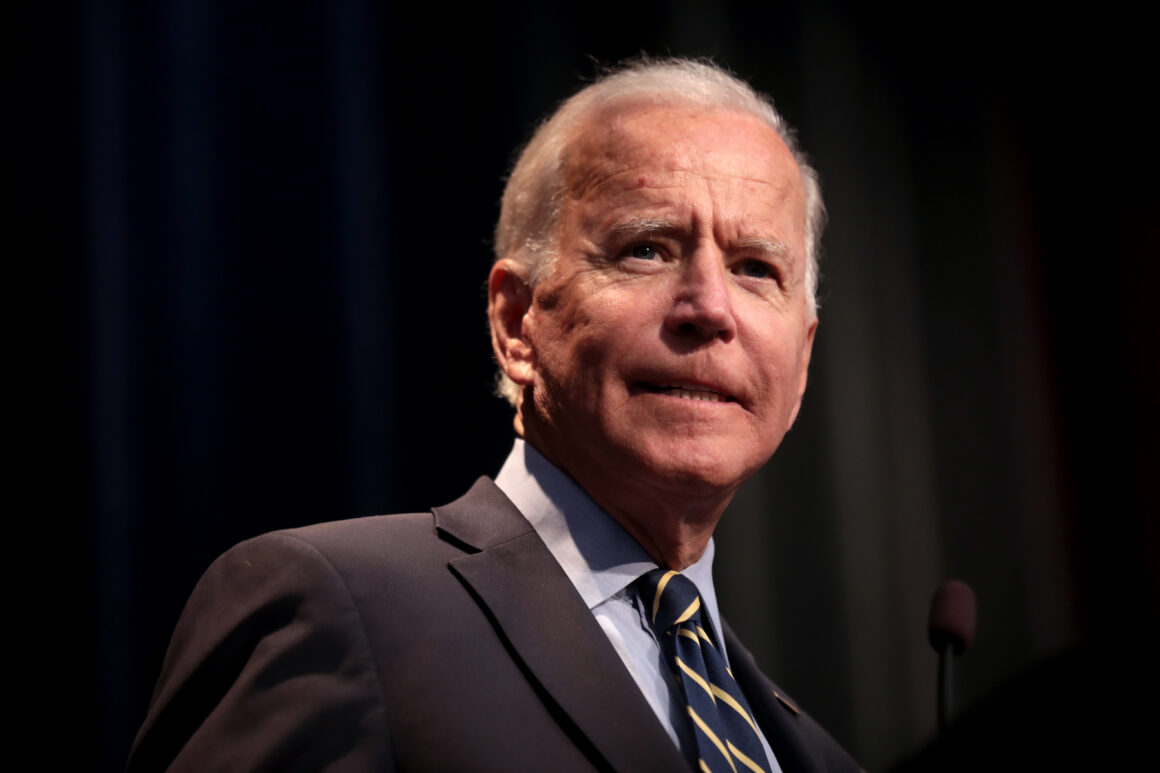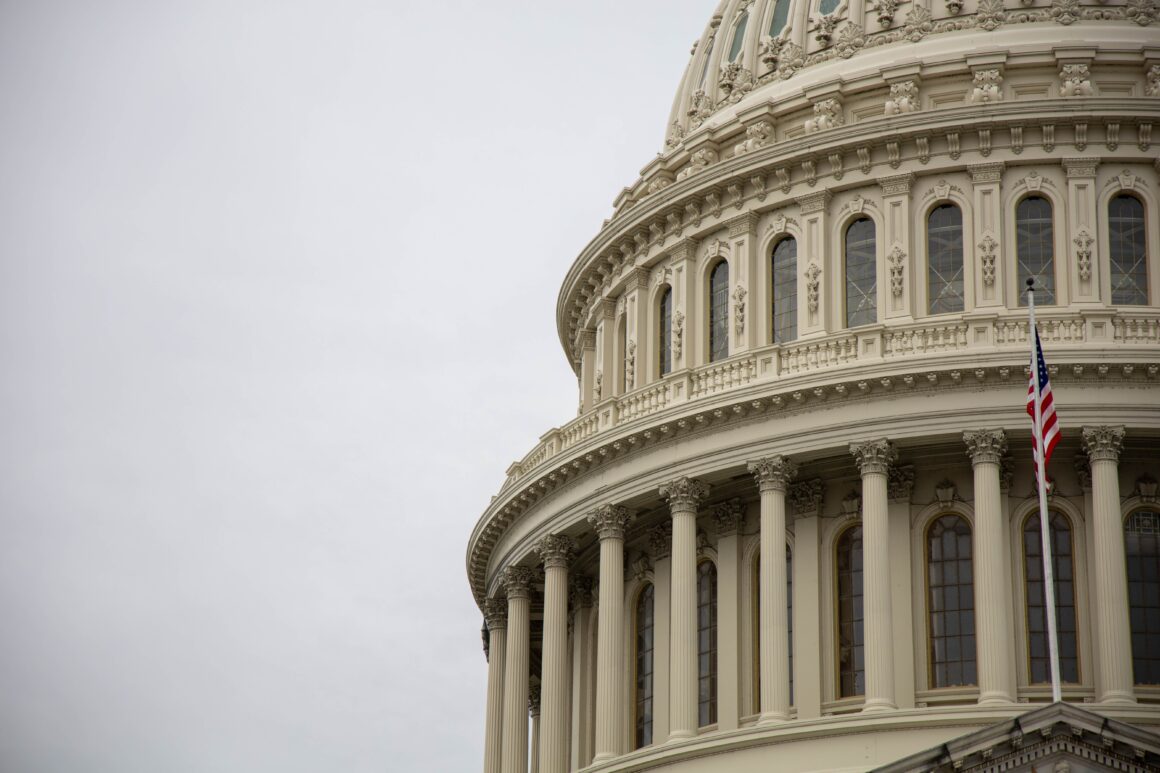The second fundraising quarter for all the 2020 election candidates officially ended on June 30. Though candidates aren’t required to file fundraising numbers with the Federal Election Commission until July 15, several have released them early to show off their support. In the past, Democratic candidates have been criticized by their constituents for accepting money from PACs and other wealthy donors, so many have also released the number of donations and average amount of each donation, to prove that a variety of people are donating.
Thank you to the over 400,000 of you who have invested in this campaign, and who helped us raise over $24,800,000 this quarter alone. You inspire us every step of the way, and we're just getting started. Text SHOWUP to 25859 to keep the momentum going! pic.twitter.com/g1SIlgt4Eo
— Pete Buttigieg (@PeteButtigieg) July 1, 2019
Of the candidates who have released their numbers thus far, Pete Buttigieg has raised the most money: $24.8 million, more than triple his fundraising from the first quarter. More than 294,000 people have donated to his campaign this quarter, and the average contribution was $47.42. In total, more than 400,000 people have donated. His campaign has $22.5 million in cash right now.
Biden’s numbers are just behind Buttigieg’s, with $21.5 million raised this quarter. However, Biden only had sixty-six days to raise that money, compared with the ninety days that Buttigieg had, which suggests that Biden raised more per day than any other Democratic contender. His campaign also stated that, of his 435,000 donations from 256,000 donors, 97% were under $200. The average donation was $49.
Sanders has raised $18 million. He transferred $6 million from previous campaign accounts and thus brought his actual fundraising total up to $24 million. He has received almost one million donations in total since he began his campaign, and 45% of his donors are age 39 or under. His average contribution is $18. His campaign has a total of $30 million in cash.
Bennet’s numbers are on par with those of other “long shot” candidates. He has raised a total of $3.5 million this quarter, but transferred $700,000 of it (or 20%) from a Senate campaign account, so his donors have actually given him $2.8 million. His campaign did not specify how many people had donated, but did say that 83% of donations were $25 or less and 93% were $100 or less.
A special message from President @realDonaldTrump!
THANK YOU!#Trump2020 pic.twitter.com/seUtMRCxZE
— Team Trump (Text TRUMP to 88022) (@TeamTrump) July 3, 2019
Trump has raised considerably more money than any of the Democrats—what has been referred to as a “war chest” of $105 million between his campaign and the Republican National Committee. (None of the Democrats are working with the aid of the Democratic National Committee). The campaign has raised $54 million, with the RNC picking up the other $51 million. But even without the amount provided by the RNC, Trump has surpassed the amount raised by Obama in an equivalent period during his own reelection bid in 2012. Trump’s average donation was $48, not unlike those of the Democrats.
While the differences in fundraising numbers may make it seem like Buttigieg may actually have a good shot at the Democratic nomination, or that Trump has made enough money to defeat the Democrats already, it remains difficult to say how accurately fundraising money predicts political success. An analysis by the political statistical website FiveThirtyEight concedes that while more money is associated with winning elections, that doesn’t mean that a candidate with more money will get more votes. In fact, in general elections—especially big, partisan ones, like presidential elections—disparities in fundraising money hardly matter at all. And campaign ads, on which large portions of fundraising money are usually spent, do not significantly sway voters, especially when the election is quite partisan and constituents are more likely to vote for someone based on the D or R by their name than by the last ad on T.V. According to this research, even though Trump’s fundraising totals are grossly higher than those of the Democrats, that doesn’t necessarily mean he has a greater advantage beyond the fact that he’s the incumbent.
The analysis concedes that elections where money and political ads are the most important are the ones where at least some of the candidates aren’t well-known, and the candidates aren’t divided by a partisan barriers — in other words, the Democratic primary. Political ads help voters learn about candidates they may not have even been aware of previously, and the fact that the contenders are all Democrats makes it hard for a constituent to make a snap, partisan decision. Not only does this help in explaining Buttigieg’s apparent burst of popularity, but it also gives him something of an advantage. In a race of over twenty people, he has a relatively large amount of money he can spend on making people aware of who he is. While that may not be enough to make him as well-known as Elizabeth Warren or Kamala Harris, Buttigieg has an edge over other lesser-known contenders. Buttigieg is still behind in the polls, however: he is hovering in the single digits, with most polls projecting Biden as receiving the most support.
Featured image Via Wikimedia Commons.




